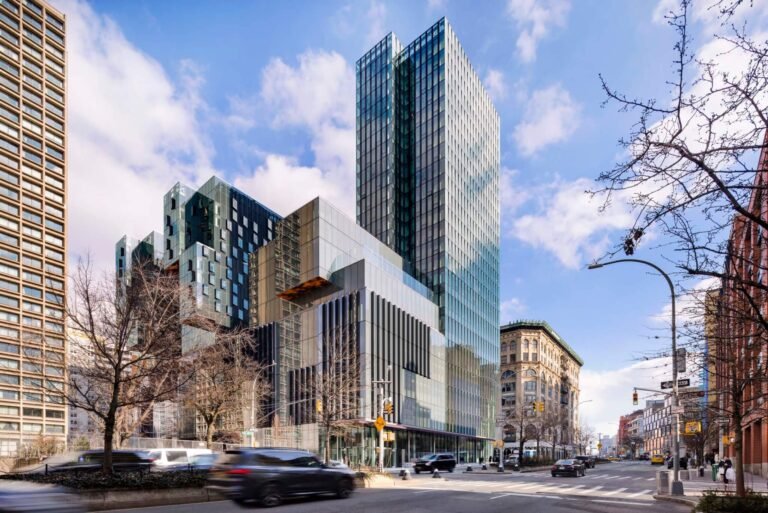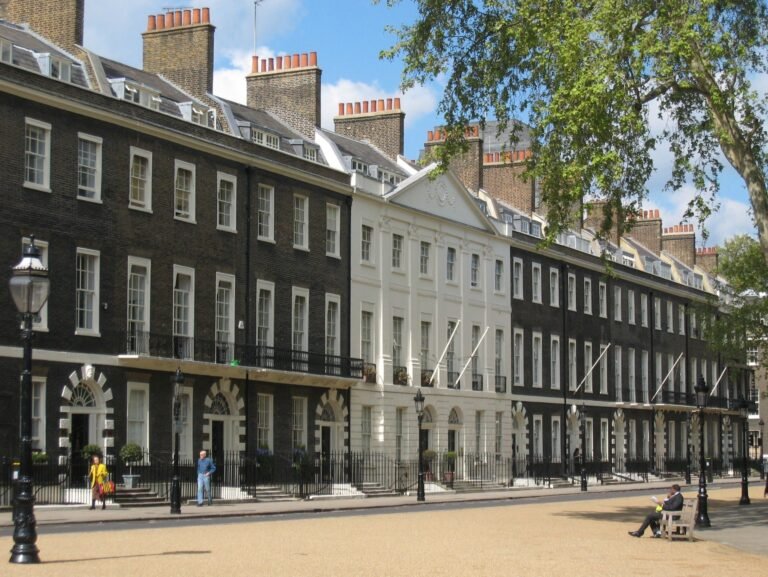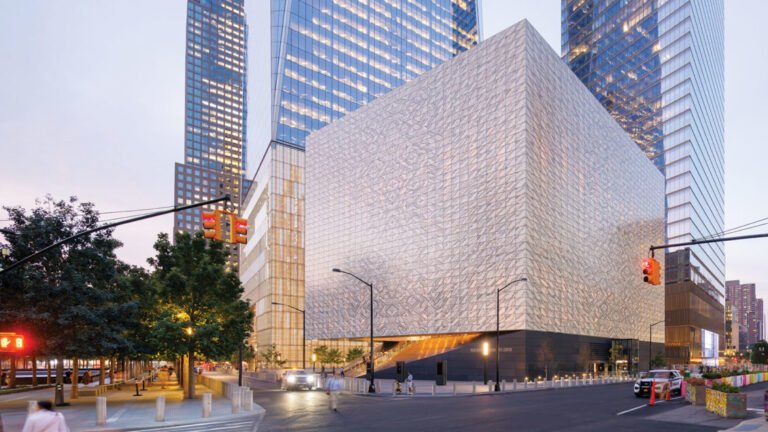Torre de la Cabrilla Watchtower / Antonio Raso + Alejandro B. Galán + César Egea
Torre de la Cabrilla Watchtower / Antonio Raso + Alejandro B. Galán + César Egea


Text description provided by the architects. Torre de Cbrilla is a watchtower with a practically square floor plan, measuring 6.70 x 7.32 meters, its longest side corresponding to the entrance facing south. It consists of two floors and a roof terrace. Built with intervals of masonry and stone slabs, with buttresses made up of rope and blight ashlars. The four facades have cruciform engravings.

The project is located at a geostrategic point relevant for the control of the area and the royal road, a high point with a view over the fords by the Guadazuheros, La Vega, and Guadalbaida streams. The ford in the Guadalquivir is the only passage through the river on foot at this altitude.

The importance of the place and the need for control over the area lead to some hermits ending up living in it, providing a road control service, looking out for possible enemy military incursions and religious services for pilgrims, crucial in border towns or, as in the case of Posadas, a town standing on the route of the main roads and communication routes between the big cities.

The interior of the tower is accessed through an arch door with stone voussoirs, protected by an ashlar that rests on ashlar jambs embedded in the wall without protruding from the facade, with projections into the corridor. There are some cashiers in the middle of the door for the lodging of the lock. Attached to the eastern wall there was a staircase with a brick barrel vault ceiling, with a hole to go to the upper floor. In the center of each facade on the 2nd floor, there is an elongated window with jambs and an ashlar lintel.


Our project consists of the reform of the tower, including various landscaping actions in the surroundings and minimal interventions in the watchtower making it visitable. The first action will be the repair of the private access road. At the entrance to the road, a fenced access gate will be installed to limit access to the tower.



The second action will be to create a perimetral security area around the tower, both to prevent acts of vandalism, as well as to protect future visitors from possible falls due to the steep slope toward the existing railway service path just 3 meters from the South facade of the Tower.

Along this entire perimeter, Mediterranean aromatic plants such as rosemary, thyme, lavender, chamomile, cinnamon laurel, borage, etc. will be planted along with carob trees. The plants will delimit the space, while at the same time serving as excellent natural shade elements for the summer. The current access door to the tower, installed by the owner in the 1980s, will be reinforced and painted, placing a vandal-proof lock on it. The base of the machicolation includes a filling made by the owner in 1985 to cover the three defence holes between corbels, that had been used for pouring boiling oil, arrows, stones or any other object in order to protect the access door to the tower.

On the roof, a contemporary cover of solid brick pieces will be installed, replacing those pieces that are missing or loose. Once the surface is clean and secured, a waterproof transparent liquid membrane will be applied to it to waterproof the skirt that pours over the north face of the tower through a duct sink with a gargoyle or gutter. The reproduction of the battlements/merlons is highlighted in the proposal by means of a support structure of corten steel, obtaining a forceful vision of the figure of the Atalaya in the landscape.








